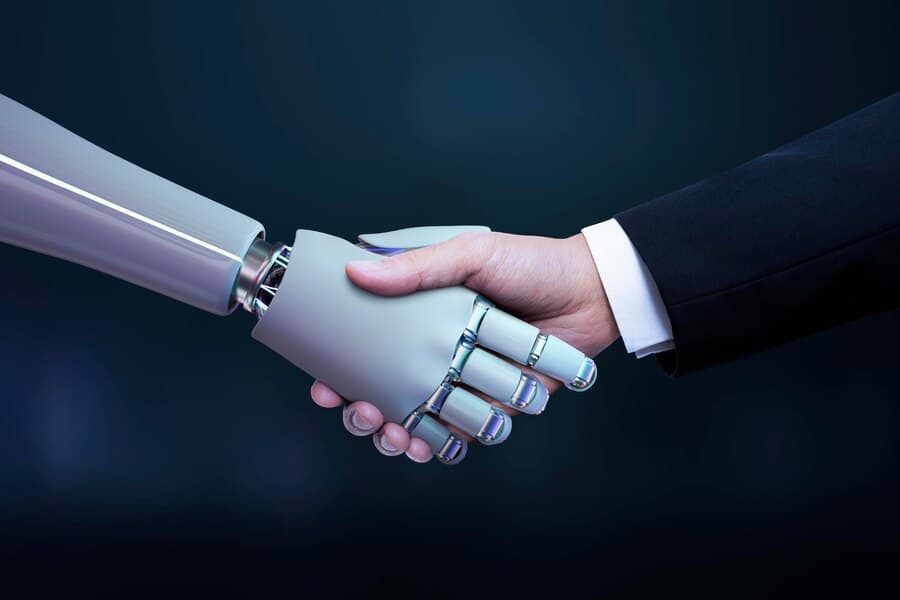
In the contemporary rapid work environment, disengaged employees have substantial negative consequences on the organization, including poorer productivity, increased turnover rates, and a general decline in business morale. In the middle of these obstacles emerges a key game changer: AI in internal communications. By investing in artificial intelligence (AI), organizations can revolutionize how they interact with their workforce, cultivate engagement, and drive efficiency to exceptional status.
From personalized engagement strategies to computerized surveys and real-time feedback components, AI offers a range of benefits for streamlining communication channels and developing a culture of engagement. Let’s find out how.
In today’s fast-paced working environment, inside communication faces a large number of challenges that prevent compelling engagement and collaboration among employees. These challenges include:
Therefore, organizations may transform their communication strategy and create a more engaged, happy, and productive workforce by adopting AI-powered technologies. In the following sections, we will look at how AI may effectively handle these difficulties and improve internal communication.
AI can revolutionize how internal communication is perceived and executed within organizations. Following are the ways in which AI is shaping internal communication within organizations:
AI in internal communications enables the generation of personalised content based on individual employees’ responsibilities and preferences, which increases engagement and interaction. By researching how employees think and act, AI can tailor information delivery to each individual, making it more relevant and memorable. This will allow for more personalised communications, information, and recommendations based on individual employee preferences, behaviours, and needs.
This AI-powered strategy not only encourages a sense of connection and involvement, but also improves efficiency by ensuring staff receive the most relevant information.
AI-powered chatbots and virtual assistants are helping to alter internal communications. These innovative frameworks may efficiently handle employee inquiries, streamline HR forms, and provide round-the-clock help, increasing transparency and minimising reliance on traditional communication channels. Organisations that use artificial intelligence for internal communications can improve the employee experience, increase responsiveness, and free up valuable human resources for other strategic endeavours.
Sentiment analysis examines textual data to determine the sentiment or emotional tone that it expresses. Sentiment analysis helps businesses comprehend the thoughts, opinions, and feelings that staff members express via various channels of communication, such as emails, chats, surveys, and social media posts.
Companies can utilize AI-driven tools to evaluate employee emotions, which can effectively handle large volumes of text. These programs analyze text to identify sentiments using NLP methods, recognizing positive, negative, and neutral feelings along with specific emotions like joy, anger, or contentment.
Companies that study employee feelings can gain valuable knowledge about their workforce’s general mood and spirit, identify areas of concern or discontent, and determine the factors that affect employee involvement or lack thereof. This information allows companies to make better decisions, address issues proactively, enhance communication, and boost employee satisfaction and productivity.
In the context of a diverse workforce, sentiment analysis becomes even more crucial. It helps organizations detect cultural variations that may impact employee satisfaction and engagement, as well as identify specific issues experienced by different groups. This knowledge enables targeted interventions and initiatives to foster a more inclusive and harmonious work environment, ultimately leading to higher overall performance and retention rates.
By optimising internal communication, we mean using technology and data analytics to adapt messages, select the most effective platforms, and create content so that it resonates with employees on a personal level. This method can enhance employee involvement, drive, and overall job happiness. Companies that utilize artificial intelligence to optimize communication methods guarantee that information is delivered to employees in a timely and engaging manner, enhancing the influence of internal communications on employee engagement and overall organizational success.
Consequently, artificial intelligence within internal communication serves as more than just a contemporary and effective remedy; it also functions as a strategic instrument that can positively influence the organization as a whole.
As AI advances, numerous new trends are poised to transform business communications and employee engagement. The future of AI in internal communications is poised to revolutionize how businesses interact with and involve their workforce.
In the field of internal communication, the future looks promising with AI, which could help create a more connected, informed, and engaged employees. This progress is ready to improve efficiency, promote teamwork, and drive creativity in various organizations.
AI has emerged as a pivotal force in internal communication by providing inventive solutions to tackle the obstacles encountered by modern organizations. Through tailored communication methods, immediate assistance, data-backed insights, and predictive analysis tools, AI empowers organizations to establish a more cohesive, knowledgeable, and engaged workforce. By utilizing AI-driven chatbots, virtual assistants, and analytical resources, organizations can simplify their communication channels while elevating employee engagement levels.
AI addresses challenges by offering personalized communication solutions, automating repetitive tasks, and providing instant support, thereby enhancing efficiency and engagement within the workforce.
Organizations can assess effectiveness using indicators such as response times, employee satisfaction surveys, engagement rates with AI-powered solutions, and improvement in cooperation and productivity.
Organizations can prioritize data protection and compliance by ensuring robust encryption, clear guidelines, and regular audits for AI-driven internal communications. By emphasizing data security, they build trust with employees and mitigate risks associated with AI implementation.